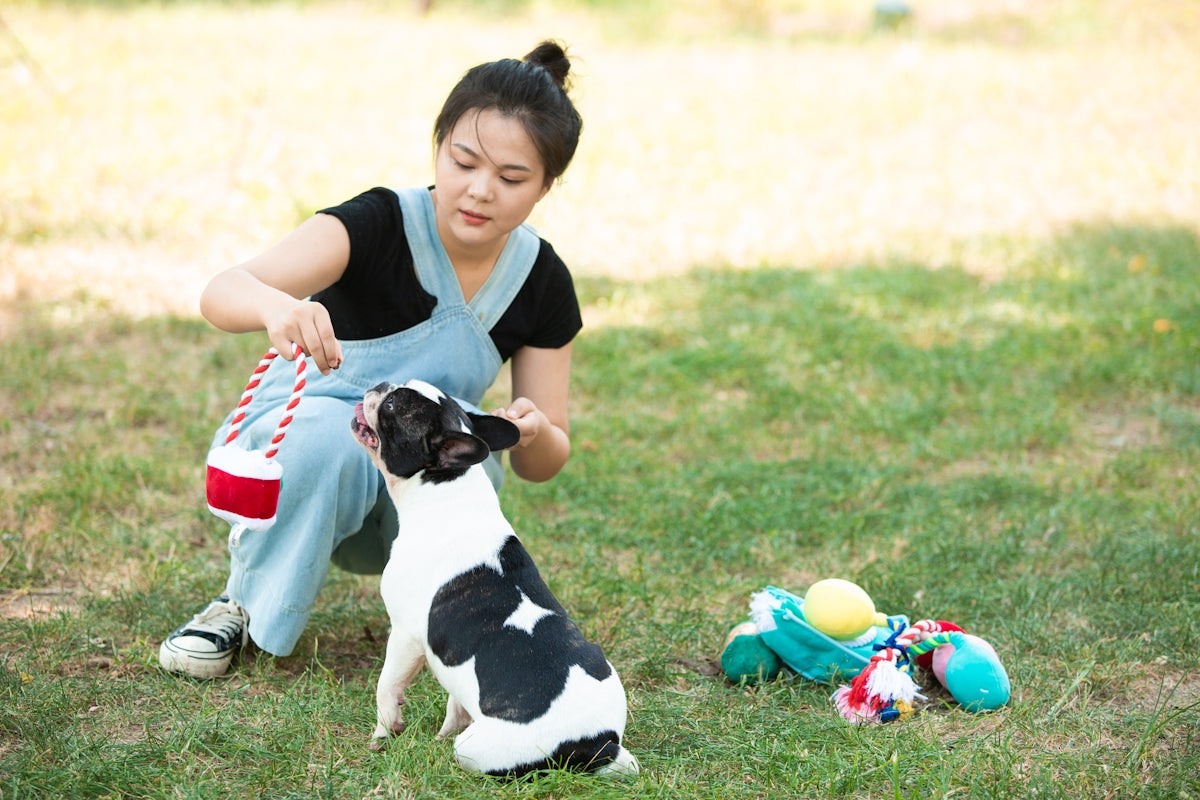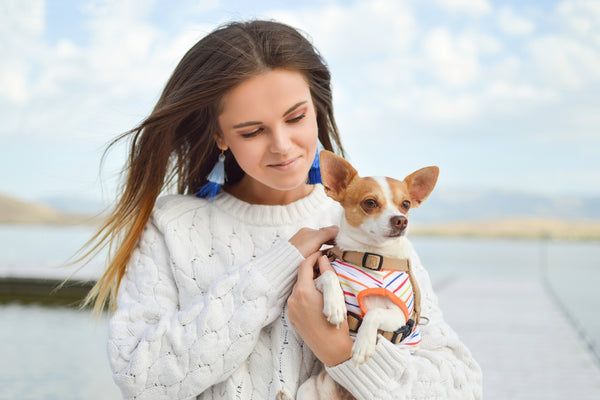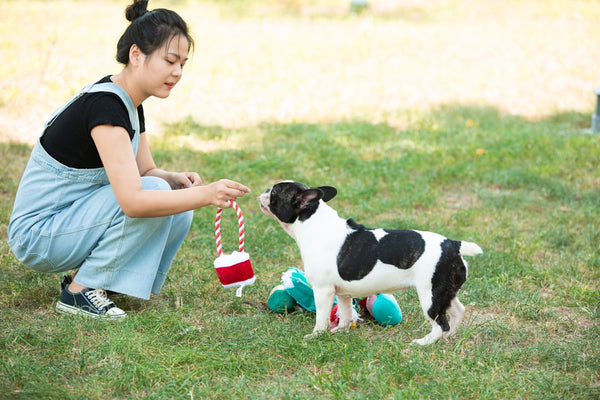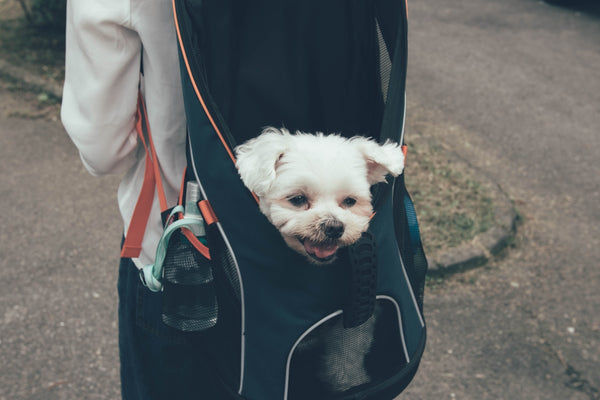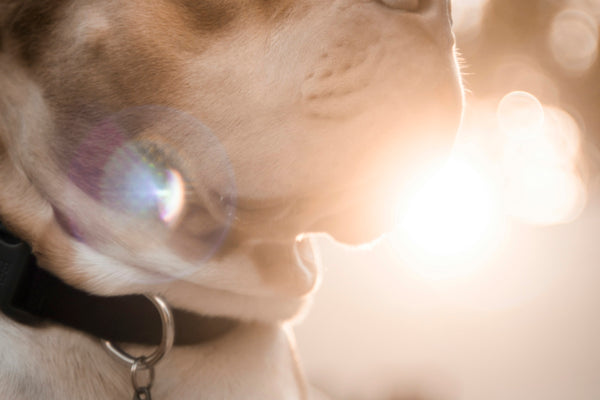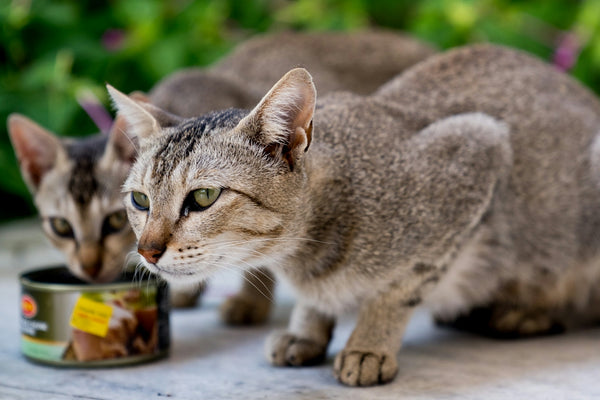Navigating the path from pet injury to full recovery can be a challenging journey, but with the right guidance and tools, it can also be a profoundly rewarding experience. In this comprehensive guide, we'll explore every step of pet recovery, from initial injury to unbridled wellness, providing you with expert advice and practical products to ensure your furry friend comes back stronger and happier than ever.
Discover more about providing the best care for your fur-baby at My Pet Collective.
Understanding Pet Injuries
Just like humans, pets can sustain injuries from a wide variety of activities and accidents. Whether it’s a misstep during playtime, a conflict with another animal, or a simple run-in with a household hazard, injuries can vary in severity and type. Common injuries include:
- Sprains and Strains: These often arise from over-exertion or awkward movements.
- Cuts and Abrasions: Surface injuries occurring due to sharp objects or rough surfaces.
- Fractures: Bone injuries that require immediate veterinary intervention.
- Internal Injuries: Often from vehicular accidents or falls from great heights.
Immediate Steps After an Injury
Taking immediate action once an injury occurs can significantly impact the recovery process. Here’s a step-by-step approach to ensure your pet receives the best initial care:
1. Assess the Situation
First, carefully examine your pet for visible injuries and assess their behavior. If they can’t put weight on a limb, are experiencing visible distress, or show signs of a severe injury like a fracture or significant bleeding, proceed to contact a veterinarian immediately.
2. Keep Calm and Comfort Your Pet
Your pet will likely be frightened and in pain, which makes it crucial to stay calm. Speak to them soothingly and use a pet carrier to transport them safely to the vet if necessary. The Mobile Dog Gear Pet Carrier Plus is an excellent option, providing both comfort and security during transport.
3. Stop Any Bleeding
Apply gentle pressure using a clean cloth or bandage to stop any bleeding, ensuring not to wrap too tightly to avoid cutting off circulation.
Professional Veterinary Care
For any serious injuries, professional veterinary intervention is vital. Your veterinarian will conduct a thorough examination and may use tools such as x-rays or ultrasounds to diagnose the injury more precisely. Treatment options may include:
- Medications: Anti-inflammatory drugs or pain medications.
- Surgical Intervention: Necessary for severe fractures or internal injuries.
- Specialized Equipment: Casts, splints, or braces to stabilize injuries.
Aiding Recovery at Home
Once your pet returns home, your role in their recovery becomes crucial. Here are essential tips and tools to ensure a smooth rehabilitation process:
1. Create a Safe and Comfortable Environment
Your pet needs a calm space to recover. Limit their movement to prevent further injury, using barriers if needed. Consider a recovery area equipped with soft bedding where your pet can relax.
2. Follow Veterinarian Instructions
Adhere strictly to the treatment plan outlined by your veterinarian. This includes administering medications at the prescribed times and bringing your pet in for follow-up appointments.
3. Encourage Gentle Exercise
As your pet begins to heal, their veterinarian may recommend gentle exercise to rebuild strength. Start with short, supervised sessions, gradually increasing activity based on their comfort level and progress.
4. Monitor for Complications
Keep a close eye on your pet for any signs of complications, such as infection, swelling, or unexpected pain, and seek veterinary advice if any of these occur.
Utilizing Supportive Products
Product options that facilitate recovery can make a significant difference:
- Consider the Luxury Faux Leather Pet Booster Car Seat for safe travel to and from the vet.
- Use the LED Pet Safety Halo Style Collar during low-light walks to enhance visibility, reducing the risk of further accidents.
Emotional Well-being and Recovery
Recovery isn’t just about physical healing. Emotional support plays a crucial role in your pet’s complete wellness:
1. Engage in Positive Interaction
Spend quality time with your pet to keep their spirits high. Gentle play and affectionate interaction can greatly improve their mood and overall recovery experience.
2. Toys and Entertainment
Providing entertainment that’s safe for your recovering pet encourages mental engagement without straining them physically. The FuzzYard Love Icy Pole Cat Toy is designed to captivate cats with gentle interaction.
Back to Full Activity
As your pet heals, gradually reintroduce them to their usual activities. Monitor their progress closely and celebrate small milestones in their recovery journey. A fully recovered pet should, once again, enjoy the activities they love without limitations.
Conclusion
Following a structured recovery plan, while using supportive products expertly, can significantly influence your pet’s journey from injury to wellness. Patience and empathy throughout the process will not only result in physical healing but also contribute to an enduring bond between you and your pet.
For more pet care insights and products, visit My Pet Collective.
Together, let’s ensure our beloved animals have the healthiest, happiest lives possible.
